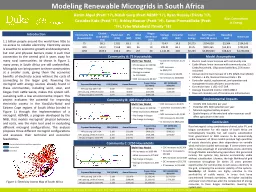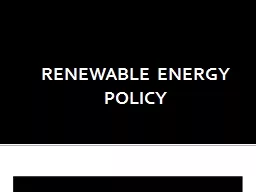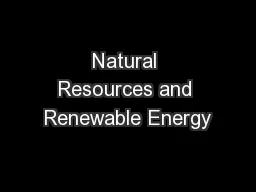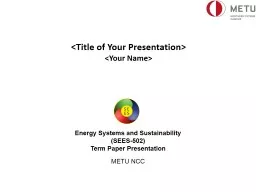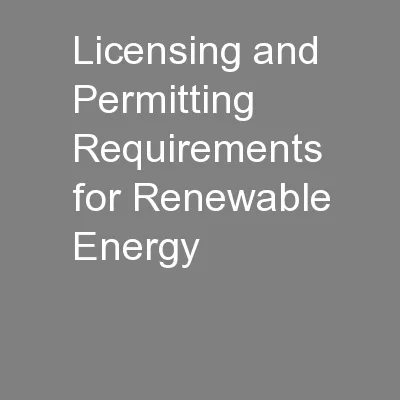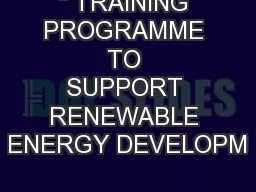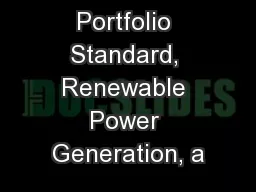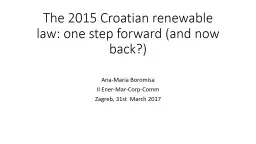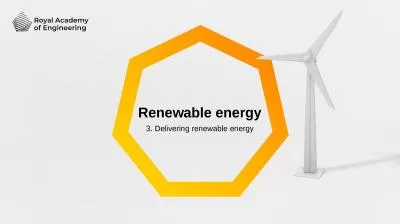PPT-Modeling Renewable Microgrids
Author : kinohear | Published Date : 2020-07-02
in South Africa Bass Connections in Energy Kerim Algul Pratt 17 Nitish Garg Pratt MEMP 17 Ryan Hussey Trinity 17 Cassidee Kido Pratt 17 Ashley Meuser Pratt
Presentation Embed Code
Download Presentation
Download Presentation The PPT/PDF document "Modeling Renewable Microgrids" is the property of its rightful owner. Permission is granted to download and print the materials on this website for personal, non-commercial use only, and to display it on your personal computer provided you do not modify the materials and that you retain all copyright notices contained in the materials. By downloading content from our website, you accept the terms of this agreement.
Modeling Renewable Microgrids: Transcript
Download Rules Of Document
"Modeling Renewable Microgrids"The content belongs to its owner. You may download and print it for personal use, without modification, and keep all copyright notices. By downloading, you agree to these terms.
Related Documents

